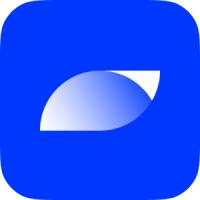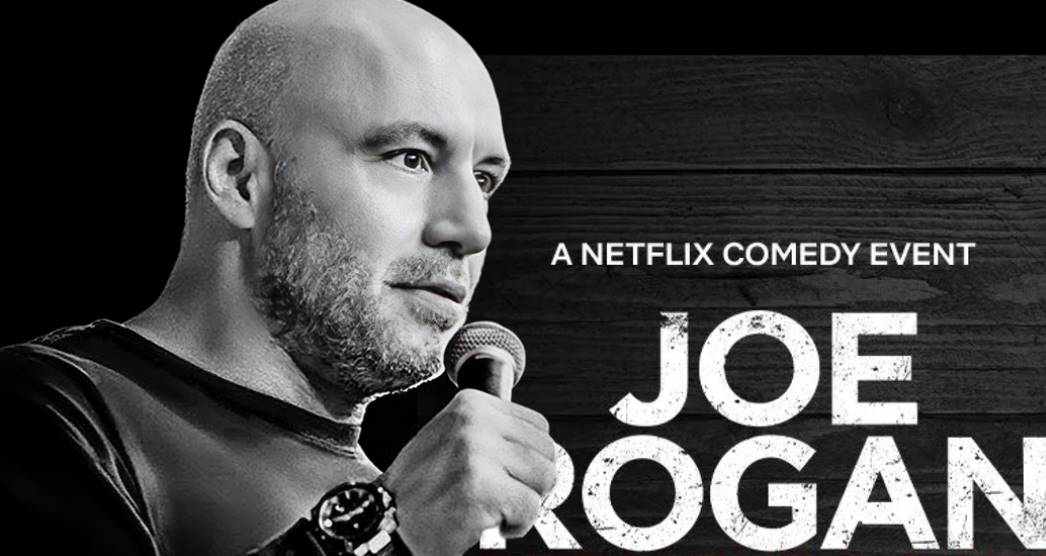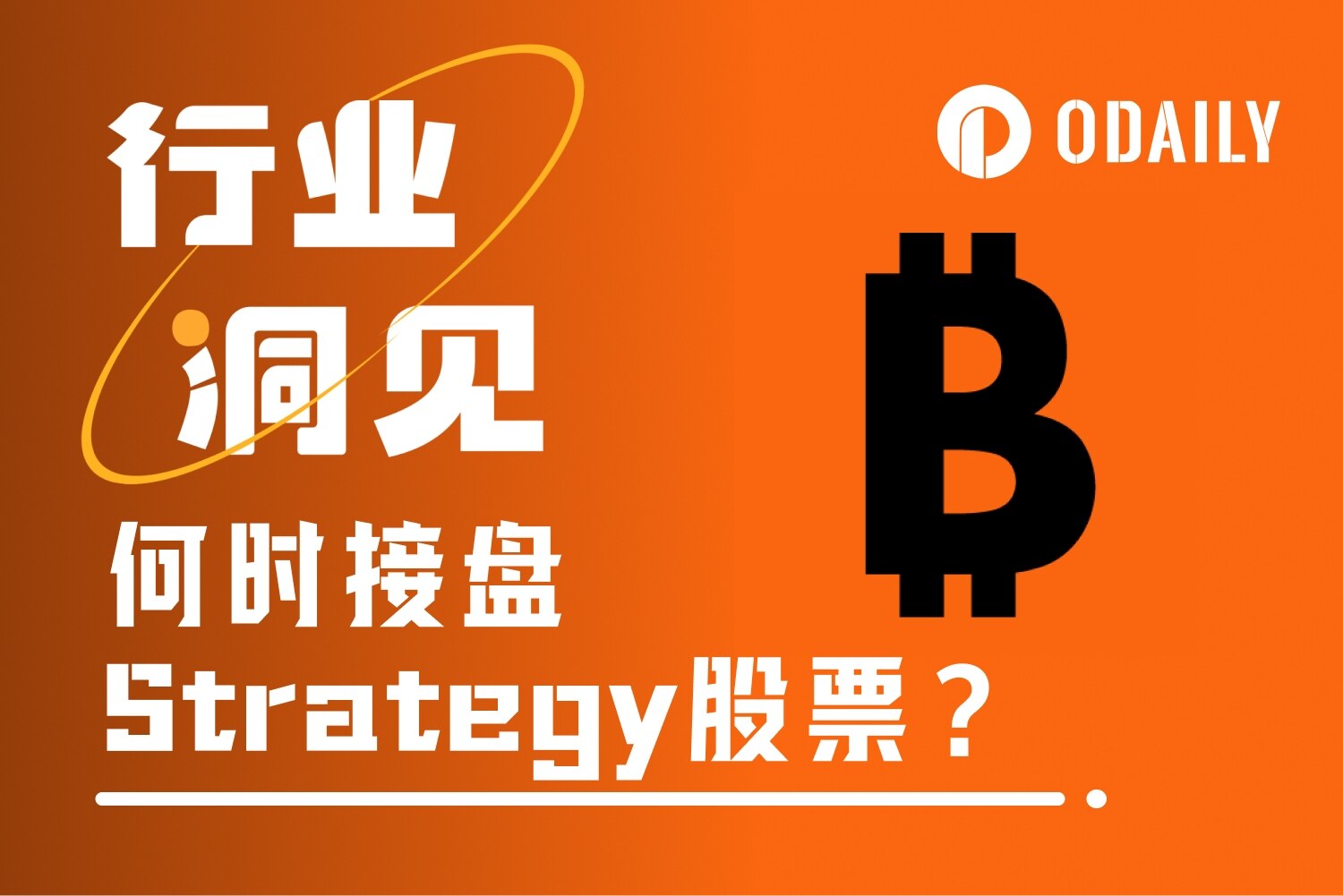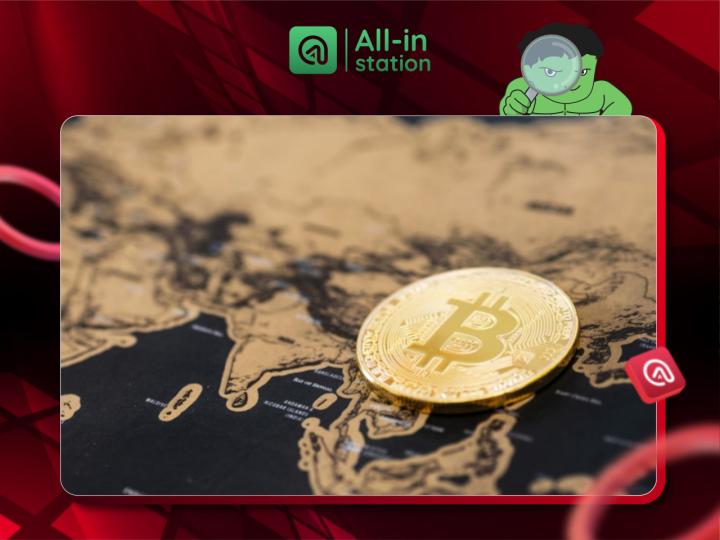Original article: " The Road to a Modular Blockchain Future: Rollups-as-a-Service Demystified "
Author: 0xjim
Compile: Biteye core contributor Crush
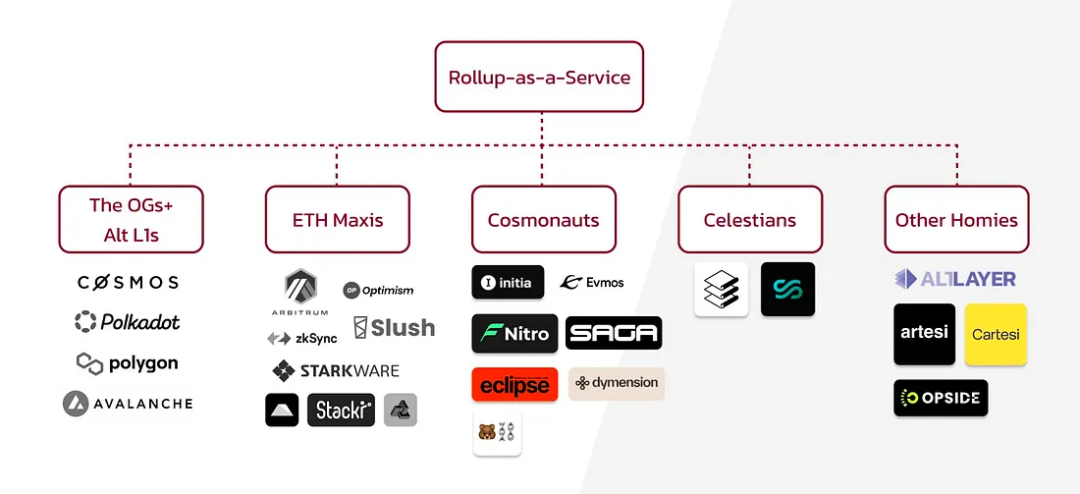
We have discussed before what the millions of blockchains will look like in the future, some are general-purpose public chains, but the vast majority of them are for specific applications, namely application chains.
The advent of modular blockchains, Ethereum's Rollup -centric vision, and Vitalik's acknowledgment of centralization for the sake of scalability in his "Endgame" paper almost made this vision of the future inevitable.
So we draw the logical conclusion that there will be millions of modular chains for specific applications in the future - but how are they built? Through Rollups-as-a-Service (RaaS), of course!
Many application teams don't want to think about running infrastructure. Just like how AWS abstracts away the complexities of hosting servers, RaaS projects are doing the same for building and maintaining blockchains.
In the near future, deploying a new chain will be as simple as creating a new web page or scaling an application up and down, just like we do today with Docker containers and Kubernetes.
In the past 6 months alone, we've seen a plethora of announcements from RaaS projects -- building little-of-code offerings for lightweight, configurable Rollup .
Below I present an exhaustive list of some currently using modular blockchain solutions, namely RaaS projects. (Related reading: " What is RaaS? What kind of RaaS will win the market ")
01. Introduction of related projects
OG: Cosmos and Substrate
The Cosmos SDK and Substrate SDK have been around for years and allow developers to create their own sovereign chains (thus not technically modular), or in Substrate, share security by connecting as a parachain to the Polkadot relay chain.
Alt-L1s (alternative L1 public chain)
Polygon and Avalanche are hot projects for the Alt-L1 narrative in early 2021. They prototyped modular frameworks: Polygon Edge and Avalanche subnets.
Most notably, Avalanche has partnered with games like Crabada and DeFi Kingdoms, causing these games to create their own dedicated subnets.
Polygon has expanded the range of Edge - now known as Polygon Supernets. With Supernet, Dapp teams can leverage the stake of existing Polygon PoS validators and create a separate environment for specific applications.
Over time, Polygon Supernets will also provide Dapp teams with the ability to create ZK Rollup using Polygon ZK technology.
The Ethereum Maxis
Many L2s on Ethereum are thinking about what these application-specific Rollup would look like running on their network, which is conspicuously missed by Scroll, Fuel, Mantle, Boba, Metis, Consensys' zkEVM, and Loopring.
OPStack, the modular stack for Optimism, is the architect behind Base and plays an important role in Base as well as other forks such as the Minecraft game. They hope that a super chain of shared sorters can appear, that is, the shared sorter can be used to provide synchronization and atomicity between Rollup .
The vision of the OP Labs team is to make RaaS L2s an "experimental layer" on top of Ethereum. For example, Ethereum developers can easily start new Rollup to test new ERCs and EIPs in production, rather than waiting for Ethereum L1 to be fully updated, or even after other more mature L2s (such as Optimism Mainnet) before taking action.

Arbitrum AnyTrust and its first gaming-optimized deployment, Nova, is Arbitrum's modular solution that allows the use of Nitro, Arbitrum's execution layer, with the ability to use DAC for off-chain data availability, and the ability to automatically Transferring data to a failover function handled on Ethereum L1.
Last week, following the announcement of the AirDrop, Arbitrum announced Orbit, a developer solution that can launch L3 on Arbitrum as a full Rollup or as an AnyTrust instance.
Paired with Stylus, Orbit allows developers to build applications in C, C++, and Rust, but also includes EVM languages like Solidity. Offchain Labs expects to leverage L3 for rapid experimentation, such as introducing new governance mechanisms, making modifications to Nitro, etc., which will be implemented using permissionless Rollup operations.
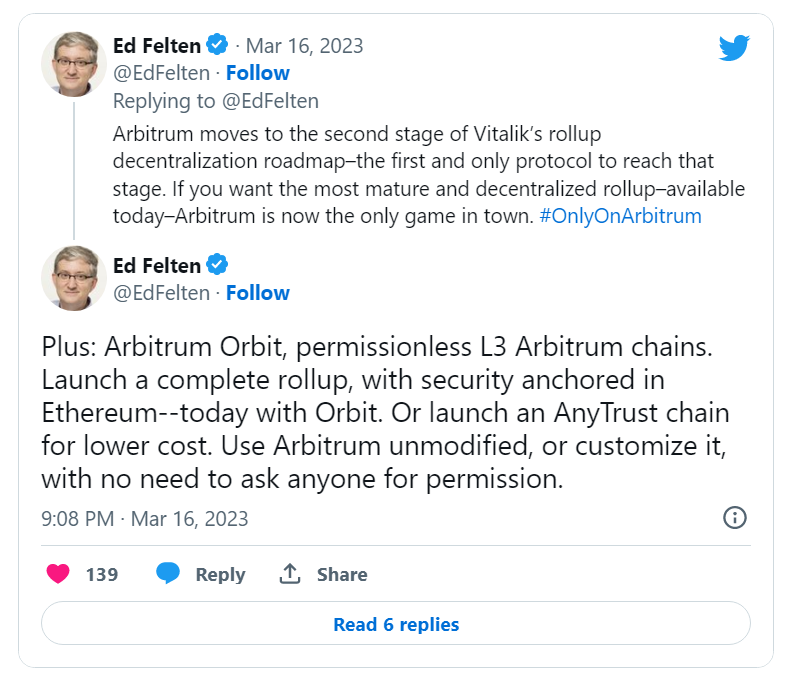
Slush is built on top of StarkNet and provides an SDK to build zkVM L3 on top of StarkNet. Starkware proposed the concept of fractal expansion and is considered the pioneer of L3s.

zkSync is also thinking about fractal scaling and L3, which they call "Hyperchains". Hyperchains uses LLVM technology and is a fractal instance of zkEVM running on the L1 Mainnet and can work in parallel. Cross-Hyperchain interoperability is achieved through joint settlement on the L1 Mainnet.
Anyone can deploy Hyperchain permissionlessly, using a customizable, modular zkEVM chain stack powered by the exact same zkEVM engine as the main zkSync L2. Developers can choose different virtual machines (eg, MoveVM), different sorter designs, and different data availability schemes (zkRollup, zkPorter, and zkValidium).
Additionally, the Matter Labs team has a vision of the possibility that future execution environments on Hyperchains could become very ephemeral or temporary. For example, a Rollup can be quickly created to easily mint millions of NFTs, which can then be transferred to another execution layer, and then the temporary Rollup closed.
Caldera has a vision of one-click deployment of modular chains, initially starting with optimism rollups. They have conducted an online demonstration of optimism rollups on the test network, and have cooperated with game customers such as Curio to start the construction on the Mainnet.
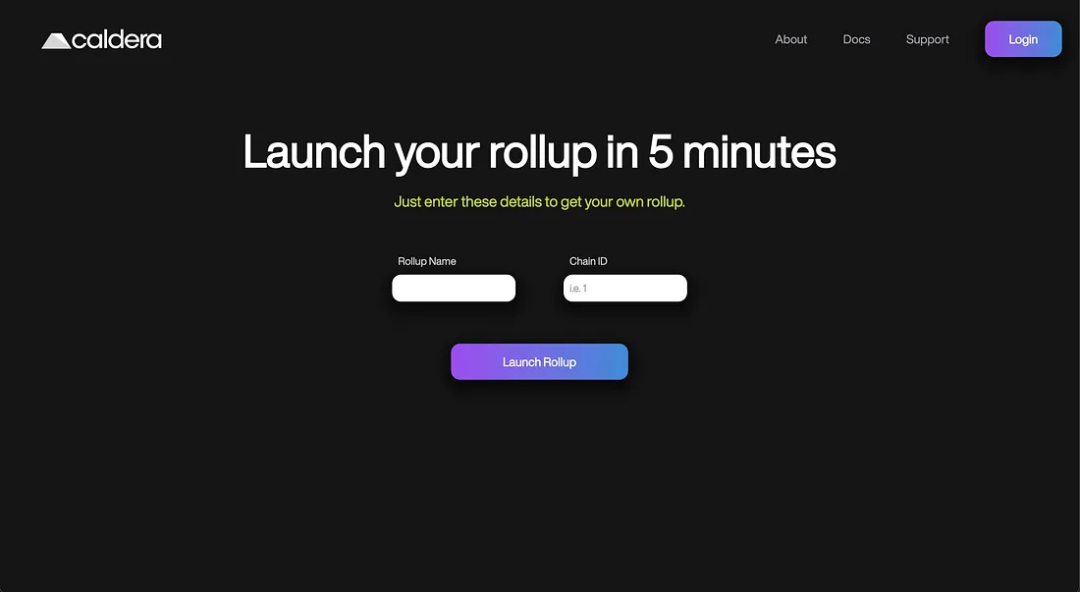
It's early days for Stackr, but he's a winner at ETH Global and looks promising. They hope to be able to use "micro- Rollup" to create "hybrid applications", allowing Rollup to freely choose execution, data storage, and fully decentralized.

There is not much information about Conduit at the moment, but it is related to OPStack, and they are also committed to achieving a "one-click deployment" experience.
The Cosmonauts (cosmos ecological supporters)
Dymension's RDK allows the creation of RollApps on Cosmos that connect to the Dymension Hub. Dymension RollApps are built using the same tools as the Cosmos SDK, the main difference is to replace the consensus free blockchain module (i.e. without validator transition logic), and are expected to be more scalable than Vanilla Rollups, because the bandwidth issue of data publishing will be will not become their bottleneck.
Dymension Hub will allow hub-based IBC connections between RollApps and other IBC-enabled chains, which not only benefits users but also increases Dymension Hub's status as an autonomous network.
(Translator's Note: The hub-type IBC connection is a method to achieve Cross-chain communication in the blockchain world. In a traditional hub, a set of wheels rotate around a central axis, each hub is connected to the central axis, and between the hubs There is no direct connection.
Just like in the blockchain, each chain can only communicate with the main chain, but not with each other. The emergence of the hub-type IBC connection has changed this structure, and this change enables different blockchains to achieve better Close interoperability, reliable, safe and efficient Cross-chain communication through direct connection, providing a wider range of application scenarios for blockchain applications. )
Saga is an elastic blockspace platform that allows developers to deploy fully secure, decentralized "chainlets" on demand and leverage the security of its master validator set.
Saga supports multiple underlying platforms for chainlets, including Cosmos appchains, Celestia rollups, and Polygon Supernets. Like other RaaS projects, Saga is focused on gaming and supports whatever technology the gaming industry needs.
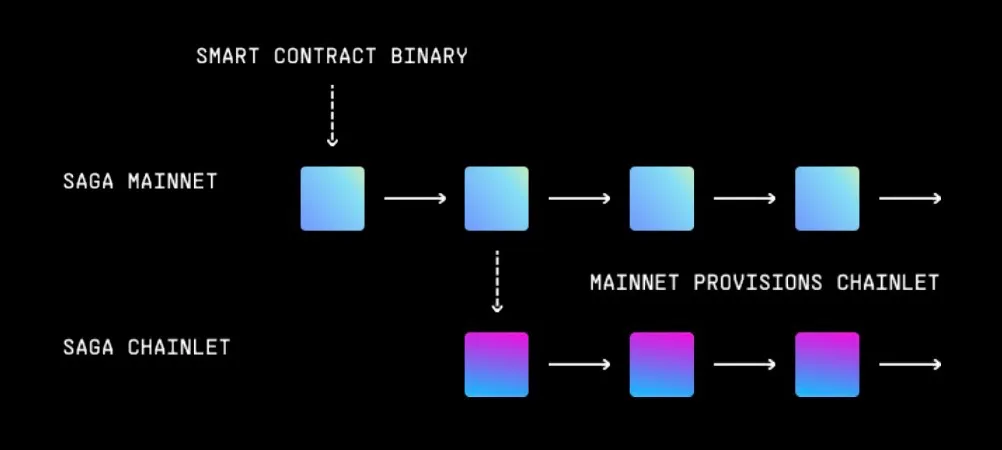
Initia is a modular solution that is also attacking the gaming market. They utilize MoveVM as execution layer, ZK proofs and Cosmos SDK for fast settlement and data availability.
Initia plans to improve their L1 ecosystem through the so-called "The Lobby Thesis (The Lobby Thesis, which provides a platform for L2 projects to communicate and collaborate with each other)" to achieve the combination and crossover between L2, and Don't just focus on L2 infrastructure.

Evmos plans to develop the Evmos SDK to make it easy for developers to use Ethermint to build and launch new EVM-compliant application chains on Cosmos.
Berachain recently announced the launch of Polaris, a refactored blockchain framework that supports integrating the Ethereum Virtual Machine with any consensus mechanism, including Cosmos SDK/Tendermint, etc. The team will also build additional developer tools and infrastructure to make building with Polaris smooth — such as block explorers and wallets, among others.
Eclipse is building a Settlement Rollup that allows SVM and other VM execution layers to be built on top of it, using Cosmos and Polygon , and eventually Rollup L1s for data availability.
(How Eclipse works)
The Celestians
Rollkit by Celestia (formerly Rollmint and Optimint) is a modular framework for creating Sovereign Rollup or Optimism Rollup(coming soon), with modular data availability components.
Rollkit has a generic Data Availability Layer (DA Layer) interface that can be plugged into any DA Layer, including dispute integration with Bitcoin.
Astria is a Settlement Rollup execution layer that uses Celestia as data availability.
Fractal is a hub for support and resources for building zkVM rollups.
Sovereign Labs is building the Sovereign SDK for the "Internet of Rollups", using any L1 for data availability and ordering, and any LLVM-compatible proof system for zk-proving (such as RiscZero or Nil Foundation) to create sovereign zk-rollups.
other teams
Artesi is building "full-stack" rollups using off-the-shelf tools such as block explorers and MPC wallets.
Alt Layer focuses on creating "flash layers" for time-limited short-term usage scenarios, which are temporary confident rollups. They are using Substrate SDK.
Cartesi (not to be confused with Artesi) is creating a blockchain SDK for Optimism Rollup with a Linux OS compiled to Risc-V.
Opside offers zk-rollups as a service, using its innovative "three-tier" platform.
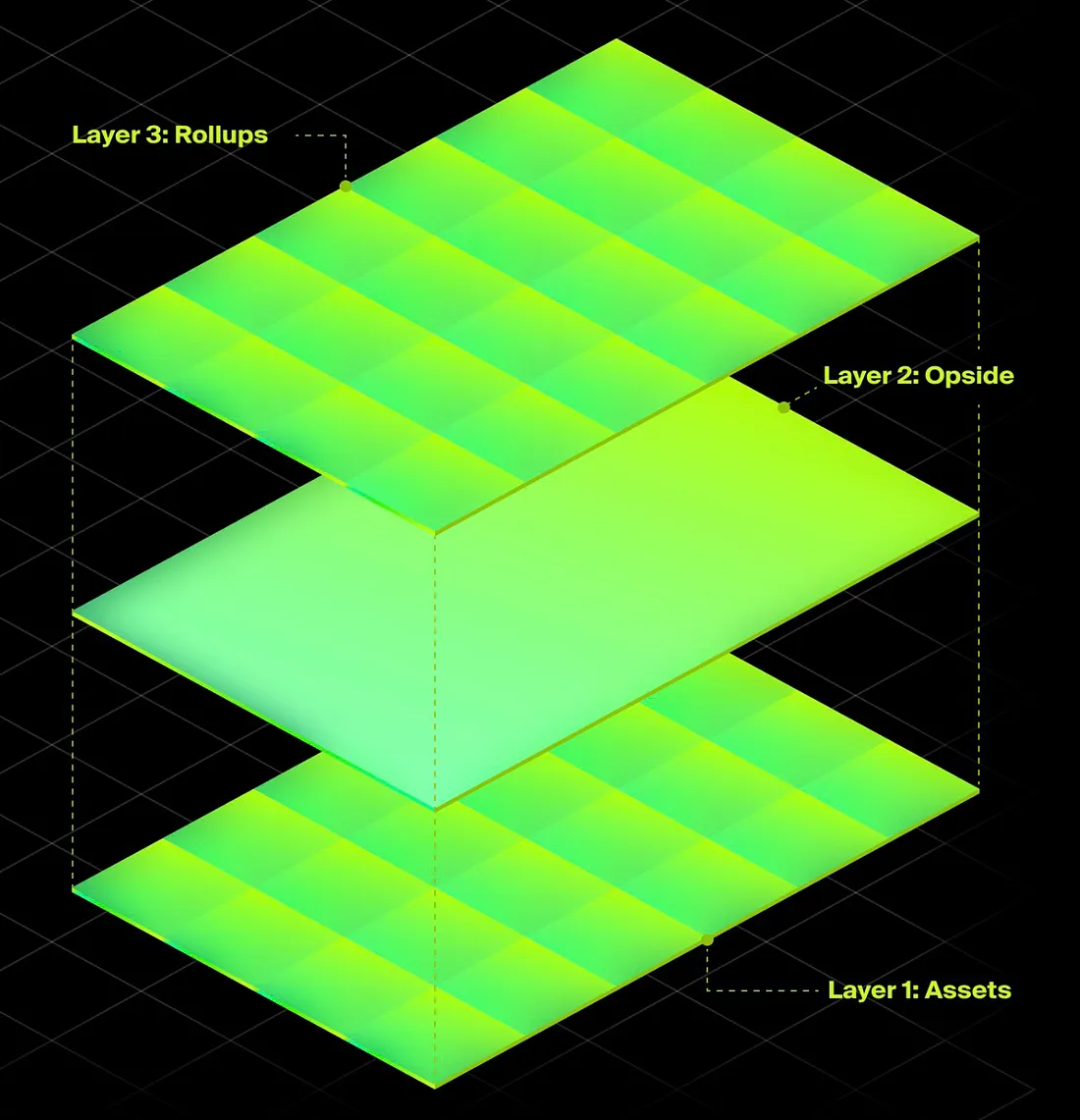
02. Dapp-Chain team
We now see all the solutions that can make building modular chains easier, but who is actually building new chains?
There are three main categories: Gaming, DeFi, and Creator Economy.
game
Gaming is by far the most frequently mentioned use case for RaaS projects - many of which focus solely on the gaming use case.
GameFi has been a goldmine in the blockchain space, with "gamechains" such as Efinity, Flow, Enjin, ImmutableX (first StarkEx, now on Polygon zkEVM), and other projects popping up over the years.
This makes sense. Games require completely different parameters than financial applications: lower security, higher throughput, higher storage capacity, etc.
RaaS projects are joining the race for Web3 gaming.
DeFi
More specifically, standalone financial applications.
Applications that do not require the composability of a shared execution layer work well in a modular environment. Use cases such as payments (Chai on Terra) and derivatives (e.g. dydx, perps, structured products).
creator economy
It's a bit of a catch-all term, but Web3 Social, Token Gating, and Community/Social Token projects are also actively developing their own application-specific modular blockchains.
This also makes sense, since these applications are also self-contained and do not suffer from the current lack of composability of Cross-chain consensus.
03. The Long Road
I am very bullish on the use of modular stacks and RaaS (Rollups-as-a-Service) solutions to promote blockchain technology.
However, I also realize that, as I have seen throughout my five years in cryptocurrency, we are still very early days.
Modular projects like Fuel, Celestia, and zk rollups are still not out. Most RaaS projects are still in Alpha testing or have manually configured permission deployments.
Not to mention the new ecology of application protocol teams considering deploying their own Dapp chains. As it stands, building an application-specific modular chain is not yet trivial for any development team:
Connectivity and composability suffer when you move away from a shared state machine.
Existing infrastructure, such as RPC endpoints, block explorers, and wallets, cannot be used out of the box, and it is expensive to run on your own infrastructure.
Liquidity is fragmented and requires building a community from scratch. There is no network effort to inherit the underlying base chain.
Finally, there's the lingering concern about whether or not this is just "dig and shovel along the way."
(Translator's Note: The "digging and shoveling all the way" here refers to the worries and worries about cryptocurrency and blockchain technology, thinking that the entire industry is just doing the same thing repeatedly, similar to gold miners during the gold rush Dig and collect gold.)

In addition to powerful developer tools, the space needs iconic apps that will bring in a wave of new users in the next bull market.
They need to solve the real user pain points that will appear in the world of millions of chains in the future: composition problems, Cross-chain value movement and even complete abstraction of chains.
04. Translator's summary
This paper studies the future development trend of blockchain technology, mainly mentioning the concept of Rollups-as-a-Service (RaaS). The RaaS project aims to provide development teams with a lightweight, configurable Rollup solution to help them quickly build and maintain internal blockchains.
Similar to AWS in cloud computing, RaaS projects abstract the complexity of the underlying infrastructure away from developers, allowing them to focus on developing and operating applications.
The article lists various solutions and projects in the current RaaS field, mainly including:
- Cosmos and Substrate: These two platforms are the earliest blockchain development frameworks and have been developed for many years. Their main feature is that they support the creation of autonomous chains, and can be connected to the Polkadot Relay Chain through Substrate to become a parachain.
- Polygon and Avalanche: These two platforms are initially positioned as large-scale applications, with modules such as Edge and Subnet to meet diverse business needs. Recently, they have also begun to support Supernet solutions, providing development teams with the possibility to build custom ZK Rollup.
- Ethereum L2: Due to the congestion and efficiency problems of the Ethereum network, many L2 projects are currently emerging in an attempt to provide more efficient and lower-cost solutions for digital asset transactions and application scenarios. For example, both Optimism and Arbitrum have launched their own Rollup and L2 architectures to help developers quickly build applications on the Ethereum network and support more diverse expansion solutions.
- Based on blockchain projects such as StarkNet's Slush, RollKit, and Fractal, ZK Rollup is used as the core technology to explore faster, safer, and more flexible Rollup application scenarios.
In fact, with the increasing number of digital asset application scenarios, Hard fork and Soft fork have been unable to meet various blockchain application scenarios with specific needs.
The RaaS project came into being to help developers quickly build modular blockchains, which can be expanded and upgraded according to needs, so as to provide efficient, safe and durable solutions for digital assets, games, social networking, DeFi and other scenarios.
Of course, there have been many blockchain projects and platforms planning to launch similar services before, but due to reasons such as lack of developer capabilities and knowledge, the actual implementation of these plans will face many difficulties, so the RaaS solution still needs to be further developed and improved .



